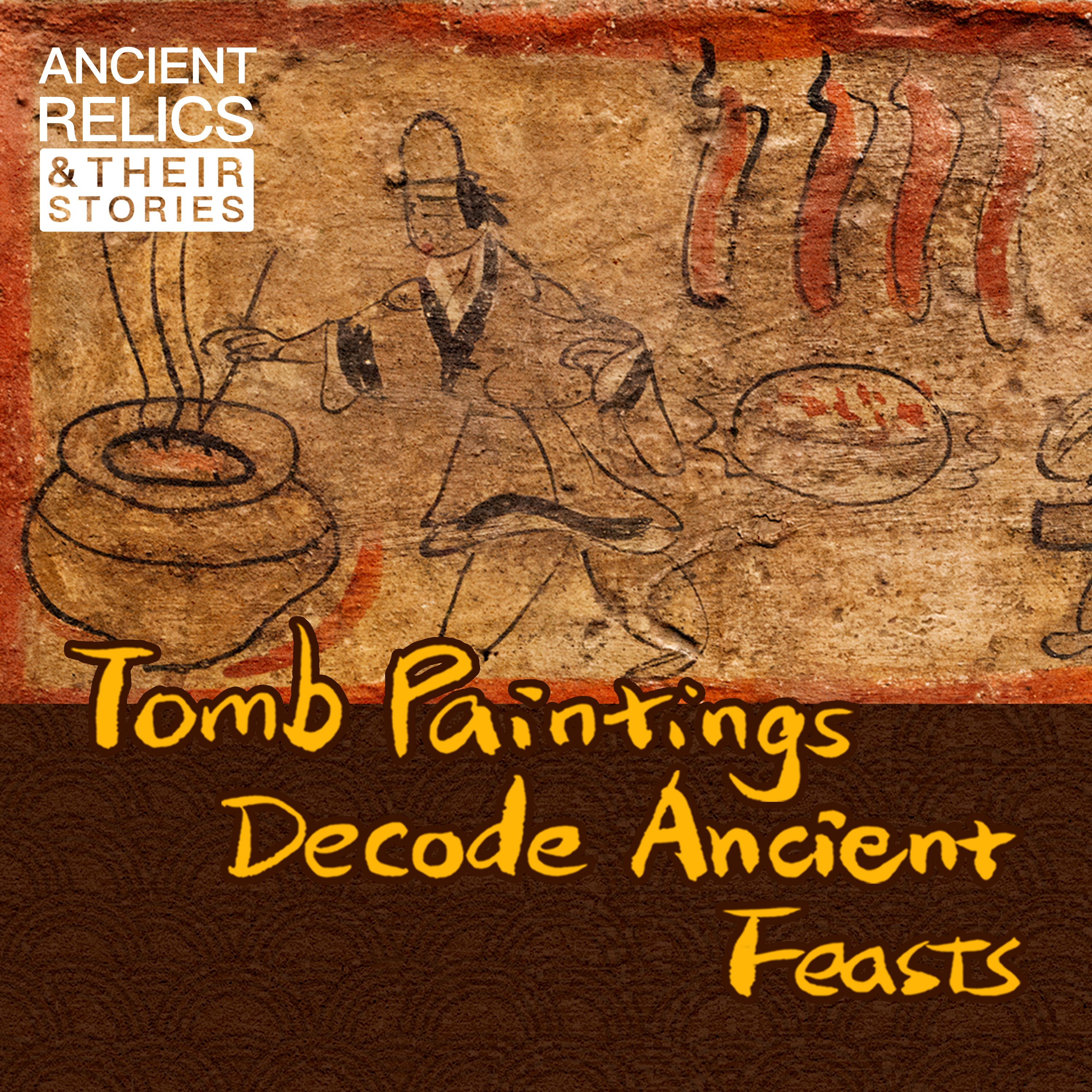We're sunsetting PodQuest on 2025-07-28. Thank you for your support!
Export Podcast Subscriptions
L
Ling Xiaowen
我通过对河西走廊魏晋时期墓葬壁画的研究,揭示了当时上层阶级富裕的生活状况。这些壁画生动地描绘了他们奢华的宴会场景,包括精致的菜肴、美酒以及宴会的礼仪和秩序。壁画中展现的饮食内容,从肉类烧烤到小米粥、馒头、煎饼等,反映了当时当地农业和畜牧业的发展水平以及饮食习惯。同时,壁画也展现了当时社会等级制度和生活方式,例如座位安排、仆人分工等细节。这些壁画为我们了解魏晋时期河西走廊的社会、经济和文化状况提供了宝贵的资料。
此外,我还分析了当时社会环境对上层阶级生活方式的影响。魏晋时期,中原地区政治动荡,而河西走廊相对稳定,这吸引了许多中原富人迁徙至此,也促进了当地经济的发展。相对稳定的社会环境和经济条件,使得河西走廊上层阶级能够享有富裕的生活。
通过对壁画中各种细节的解读,例如酿醋场景、不同等级的餐具、以及宴会礼仪等,我们可以更深入地了解当时人们的生活方式和社会风貌。这些壁画不仅仅是艺术品,更是珍贵的历史文献,为我们研究魏晋时期的历史提供了重要的参考价值。
Deep Dive
Amidst the political chaos of 220-420 CE China, the Hexi Corridor's upper class thrived. This was due to its relative isolation, economic opportunities, and strategic importance along the Silk Road. The influx of migrants and the presence of military outposts contributed to a stable society and economy.
- The Wei and Jin dynasties (220-420 CE) were marked by widespread political instability in China.
- The Hexi Corridor in northwestern China remained relatively prosperous.
- Wealthy families and scholars migrated to the Hexi Corridor to escape the conflict.
- The corridor's strategic location and military presence ensured relative stability.
- Diverse ethnic groups coexisted in the Hexi Corridor, leading to a prosperous society.
Shownotes Transcript
Why did the upper-classes of the Hexi Corridor about 1800 years ago enjoy an affluent lifestyle while the rest of China suffered from political upheaval? In this episode, we present tomb paintings from this era to get a glimpse of their delicacies and entertainment at lavish banquets, and the way food and drink were prepared and served.
